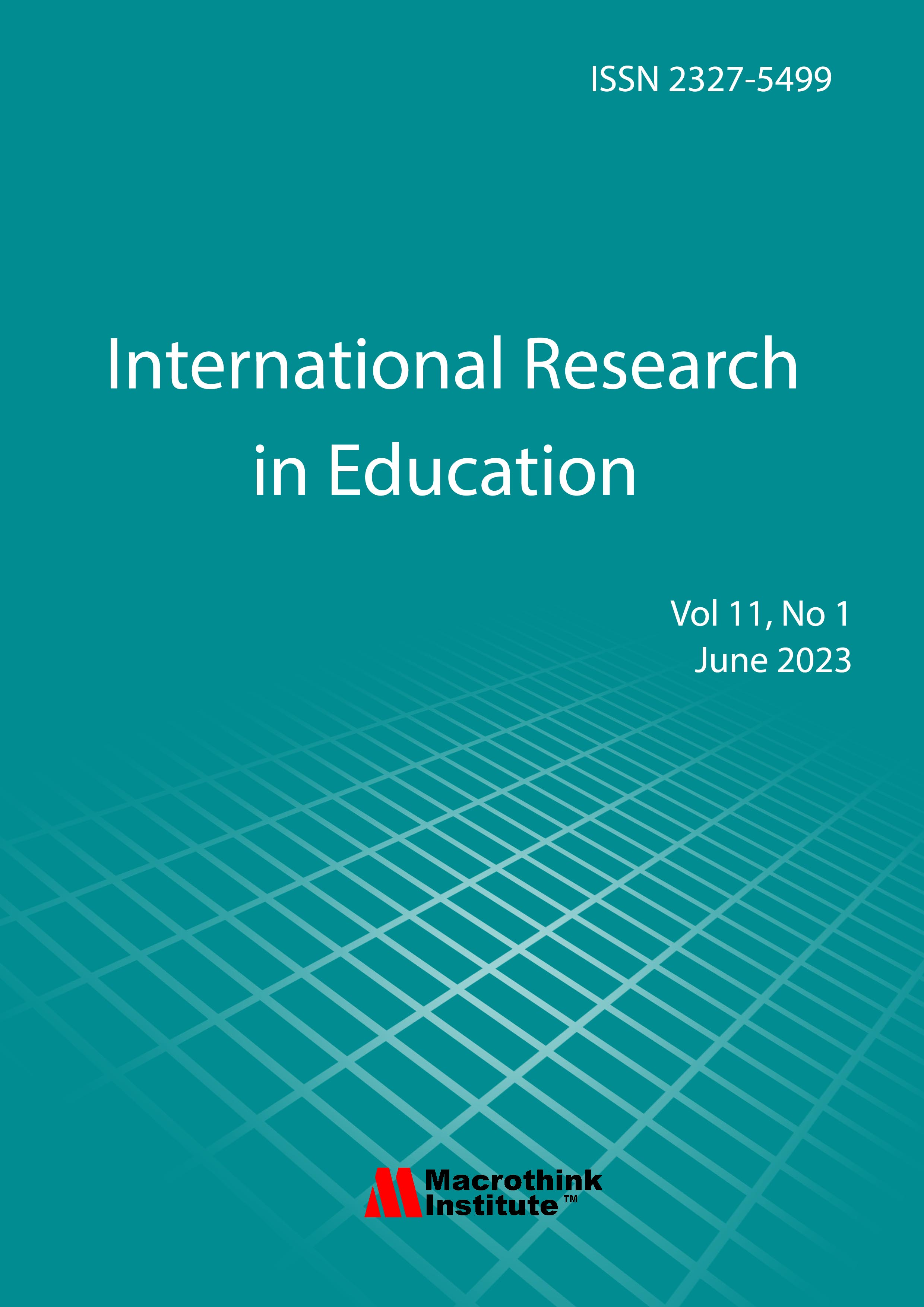The Effect of the Face-to-Face, Online, and Blended Teaching Modes on Students' Performance in Listening
DOI:
https://doi.org/10.5296/ire.v11i2.20991Keywords:
online distance learning, face-to-face, blended learning, listening testAbstract
Second-language learners must learn to listen. Effective listening helps learners understand others and express their thoughts and opinions. This study examines the students' achievement in listening tests conducted after teaching and learning processes using face-to-face, online, and blended modes. The respondents were selected using purposive sampling. The data for the study consist of secondary data collected from 392 participants from different faculties at a local public university. The data were then analyzed using the SPSS version 20 tool. The results indicate a significant difference in teaching and learning modes and students' achievement in listening tests. Next, the findings showed that the blended learning mode produced the lowest listening test score, while the face-to-face mode produced the highest test scores. Finally, there was a significant difference between faculties in their listening performance. The findings of this study suggest that even though teaching listening using the blended mode gives the best of both the online and face-to-face methods, but if students are not engaged in the online learning part, they may not be able to follow the offline or face-to-face learning part effectively. This assumption needs further investigation by including more private and public universities and examining if a similar outcome may prevail.




